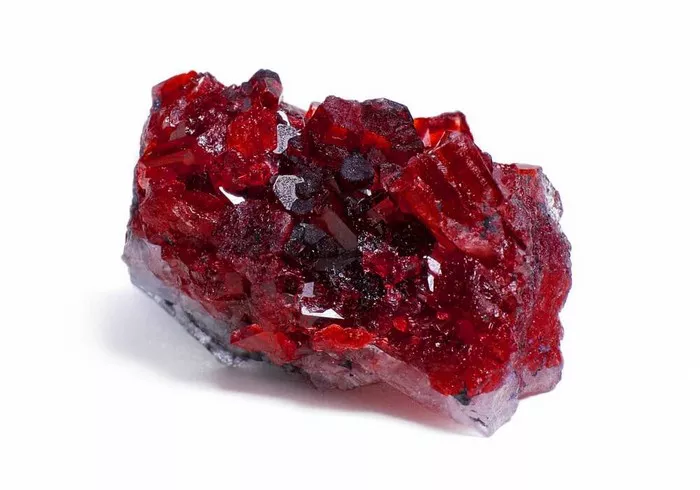Gemstones have fascinated humans for centuries with their vibrant colors and unique properties. Among these, garnets and rubies stand out as two of the most cherished gems, renowned for their beauty and durability. Despite their similarities in appearance, these gems differ significantly in their composition, properties, and value. In this article, we will explore the distinct characteristics of garnets and rubies, helping you understand what sets these gemstones apart.
Garnet Properties
Garnets are a group of closely related minerals that come in a variety of colors, including red, orange, yellow, green, purple, brown, black, and even colorless. However, red garnets are the most common and popular variety. The red color in garnets is due to the presence of iron, while other colors are caused by different trace elements.
Garnets are relatively hard, measuring 6.5 to 7.5 on the Mohs scale, which makes them suitable for use in jewelry. They also have a high refractive index, giving them excellent brilliance and sparkle. Garnets are found in many locations worldwide, including Africa, Australia, India, Russia, and the United States.
Ruby Properties
Rubies are a variety of the mineral corundum, which is composed of aluminum oxide. The red color in rubies is caused by chromium, which replaces some of the aluminum ions in the crystal structure. Rubies are one of the hardest gemstones, measuring 9 on the Mohs scale, second only to diamonds.
Rubies are prized for their intense red color, which is often described as “pigeon blood red.” The most valuable rubies are transparent and have a vibrant, uniform color. Rubies are mainly found in Myanmar (formerly Burma), Thailand, Sri Lanka, and Tanzania.
What Is the Difference Between a Garnet and a Ruby?
While garnets and rubies can appear similar in color, especially the red varieties, several key differences set them apart:
Composition: Garnets are a group of minerals, while rubies are a variety of the mineral corundum.
Hardness: Garnets are softer than rubies, measuring 6.5 to 7.5 on the Mohs scale, compared to rubies’ hardness of 9.
Color: While both gems can be red, the shades differ. Garnets often have a darker, more brownish-red hue, while rubies exhibit a vibrant, pure red color.
Brilliance: Rubies typically have a higher refractive index than garnets, giving them superior sparkle and brilliance.
Rarity and Value: Rubies are generally rarer and more valuable than garnets, especially high-quality rubies with intense color and clarity.
Identification Tips
To differentiate between garnets and rubies, consider the following tips:
Color: While both gems can be red, examine the shade and intensity. Rubies tend to have a brighter, more vibrant red color compared to garnets.
Refractive Index: Rubies have a higher refractive index than garnets, which results in greater brilliance and sparkle. Use a gemological refractometer to measure the gem’s refractive index.
Hardness: Test the gem’s hardness using the Mohs scale. Rubies are much harder than garnets and will not scratch as easily.
Conclusion
In conclusion, garnets and rubies are two distinct gemstones with their own unique characteristics and appeal. While both can be red and may appear similar at first glance, their composition, properties, and value set them apart. By understanding these differences, you can appreciate the beauty and rarity of these stunning gems.


